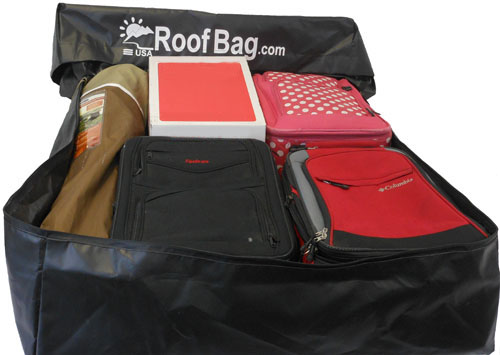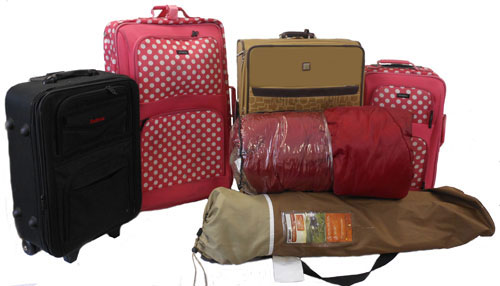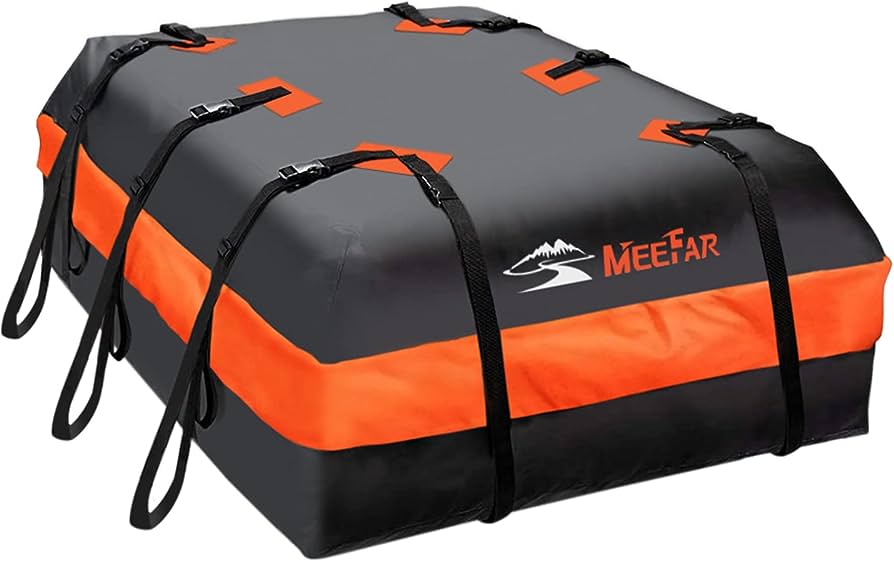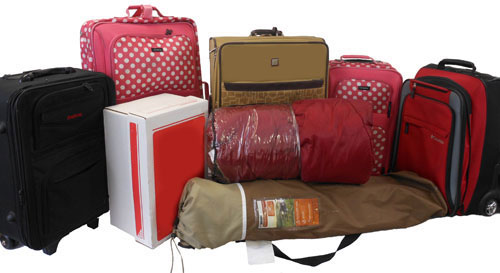Are you curious about the capacity of an 11 cubic feet roof bag? Well, you’ve come to the right place! When it comes to determining how much you can fit into this particular size of roof bag, the answer is quite straightforward. With an 11 cubic feet roof bag, you have a generous amount of space to work with. Whether you’re planning a road trip or need extra storage for your outdoor adventures, this roof bag can hold a considerable amount of your belongings.
To give you a better sense of its capacity, think about it this way: imagine filling up eleven one-cubic feet boxes and then stacking them together. That’s the total volume that this roof bag can accommodate. From camping gear and sports equipment to luggage and other bulky items, you’ll have plenty of room to store all that you need. So, go ahead and pack to your heart’s content without worrying about running out of space with your reliable 11 cubic feet roof bag!
Determining the Capacity of an 11 Cubic Feet Roof Bag
Understanding Cubic Feet Measurement
Before we dive into determining the capacity of an 11 cubic feet roof bag, it is important to have a clear understanding of what cubic feet measurement means. Cubic feet is a unit of measurement used to calculate the volume of three-dimensional objects. It is often used to measure the capacity or storage space of various items, including roof bags. One cubic foot is equivalent to a cube that is one foot on each side. In the case of a roof bag, the measurement indicates the amount of space available to store your belongings.
Factors to Consider in Determining Capacity
When trying to determine the capacity of an 11 cubic feet roof bag, there are several factors to consider. These factors play a crucial role in accurately gauging how much you can fit into the bag. Some of the main factors include weight, dimensions, space, compression, shape, design, and packing efficiency. It is important to take all these factors into account to ensure that you utilize the full capacity of the roof bag without overloading it.

This image is property of www.roofbag.com.
Measuring Techniques for Roof Bags
To determine the capacity of an 11 cubic feet roof bag, you can employ various measuring techniques. These techniques can help you estimate the amount of space available inside the bag and guide you in efficiently packing your belongings. Some common measuring techniques include using weight, dimensions, and available space.
Determining Capacity Using Weight
One way to estimate the capacity of an 11 cubic feet roof bag is by considering weight. The weight capacity of a roof bag is typically provided by the manufacturer, and it is crucial to abide by these specifications to ensure the safety of your belongings while traveling. By knowing the weight capacity, you can estimate how much volume the bag can accommodate based on the average weight of the items you intend to pack. This approach is particularly useful when dealing with bulky items such as camping gear or sports equipment.

This image is property of www.roofbag.com.
Determining Capacity Using Dimensions
Another method to determine the capacity of a roof bag is by using its dimensions. By measuring the length, width, and height of the bag, you can calculate its volume in cubic feet. However, it is important to remember that the actual usable space may be slightly less than the dimensions provided by the manufacturer, as the bag may have seams or zippers that take up some space. Nevertheless, utilizing the dimensions can provide a rough estimate of the bag’s capacity and help you gauge how much you can fit inside.
Determining Capacity Using Space
Utilizing the available space inside the roof bag is an effective way to determine its capacity. While some roof bags may have a stated cubic feet measurement, the actual usable space can vary depending on the design. To get an accurate estimate, you can physically fill the bag with items and assess how much space is left. Alternatively, you can use packing cubes or other containers to help maximize the available space and create a more organized packing system.

This image is property of i.ytimg.com.
Using Compressed vs Uncompressed Volume
When determining the capacity of an 11 cubic feet roof bag, it is essential to consider the difference between compressed and uncompressed volume. Some items, such as clothing or soft gear, can be compressed to occupy less space. By using compression bags or simply folding and rolling items tightly, you can increase the amount of goods you can fit into the bag. However, keep in mind that not all items can be compressed or may require careful handling to avoid damage. It is crucial to strike a balance between maximizing space and ensuring the safety of your belongings.
Factoring in Shape and Design
The shape and design of the roof bag can also impact its overall capacity. Some roof bags have a more rectangular shape, while others have a curved or irregular design. The shape can affect how efficiently you can pack the bag and utilize the available space. Bags with a rectangular shape tend to be more straightforward to pack as they provide more uniform dimensions, allowing for easier stacking and organization of items. On the other hand, bags with a curved or irregular shape may require a bit more creativity to make the most of the available space.

This image is property of Amazon.com.
Considering Extra Space for Packing Efficiency
To ensure optimal packing efficiency, it is important to consider leaving some extra space in the roof bag. Even though the stated capacity may be 11 cubic feet, packing the bag to its absolute maximum may result in a tight fit and make it difficult to close properly. Leaving a bit of extra space allows for easier access to your belongings and prevents the risk of overloading the bag. This extra space also leaves room for any last-minute additions or souvenirs you may acquire during your trip.
Potential Limitations and Considerations
While an 11 cubic feet roof bag offers a generous amount of storage space, it is important to be mindful of its limitations. The weight capacity provided by the manufacturer must be respected to ensure safe traveling conditions. Additionally, keep in mind that weather conditions, such as rain or snow, may limit the effectiveness of your roof bag’s waterproofing capabilities. To further protect your belongings, consider using additional waterproof covers or packing items in sealed plastic bags.
In conclusion, determining the capacity of an 11 cubic feet roof bag involves considering several factors, including weight, dimensions, space, compression, shape, design, and packing efficiency. By utilizing measuring techniques and being mindful of the limitations, you can confidently maximize the storage potential of your roof bag and embark on your journey well-prepared. Happy travels!

This image is property of www.roofbag.com.

